Entry 1761 — The Final Final & Other Stuff
On Sunday, March 22, 2015 12:04 PM, Bob Grumman <[email protected]> posted this at NowPoetry:
The first took me over a week, the second fifteen minutes, except for a spelling correction two hours later. The first is at /2015/03/21/entry-1759, the second one day later. I’m posting them because the first is autobiographical: Peach Island actually exists in Long Island Sound fifty yards or so from the shore of Harbor View where I spent my best years (from age 7 to 12), and my poem about it has zillions of epiphanies!
The rest of the poem and all of the second poem are autobiographical only to the extent of expressing my love of fantasy stories beginning with the Grimm’s tales my mother read to me. I was almost going to call the first poem an homage to JK Rowling but it only connects to the Potter series as fantasy. I think I may try for a specific poem about Harry if my subconsciousness can come up with the necessary ingredients. Confession: while I do regard Rowling’s series highly, I want to make a poem on it mainly as a way of enlarging my audience–maybe even double it to 16.
Feedback, of course, would be appreciated. Feedback, of course, not expected. Except possibly for the Superior Two whose names I will not divulge.
* * *
On Sun, Mar 22, 2015 at 2:22 PM, ‘stephen russell’ via NowPoetry <[email protected]> wrote:
peach island, just offshore —
abondoned house
in the middle of the trees
Bob, I think you can delete a few words … still, fascinating ….
I’ve always thought that your work would appeal to bright pre-adolescents. I remember Bloom, in a snide remark on the Charley Rhodes show, refer to Harry Potter as “trash.” Apparently, because Potter did not measure up to E B White, the book was unworthy of his esteem.
* * *
Very interesting, Stephen–my immediate reaction to your suggestion was, doesn’t he realize I want to indicate the size of the little island? But I thought about it for a while and realized I didn’t have to! In fact, if I don’t, the reader can imagine the island any size he wants to! And the main purpose of the poem is to give the reader something to use his imagination on. So thanks!
As for Bloom, you know my opinion of him. Bloom’s contempt reminds me of Edmund Wilson’s for detective novels. As for me, the only genre novels I don’t like are romance novels, and that’s because I’m one of those horrible XY people. But I consider Rowling much better than White, even though he was an XY, she a double X.
Off to fix my poem, now.
–Bob
* * *
* * *
MARCH 18, 2015 – GEORGETOWN HAS RECEIVED A $4 million gift to permanently endow its Lannan Center for Poetics and Social Practice as it celebrates its 25th anniversary and prepares for its annual spring symposium – featuring renowned poets, writers, intellectuals and activists – this month.
Aho, an almost perfect counter-post to mine about my new anti-social practice and unmillioned or hundreded poems. (Ain’t it turble way I takes everythin’ personal!)
.
You can leave a response, or trackback from your own site.
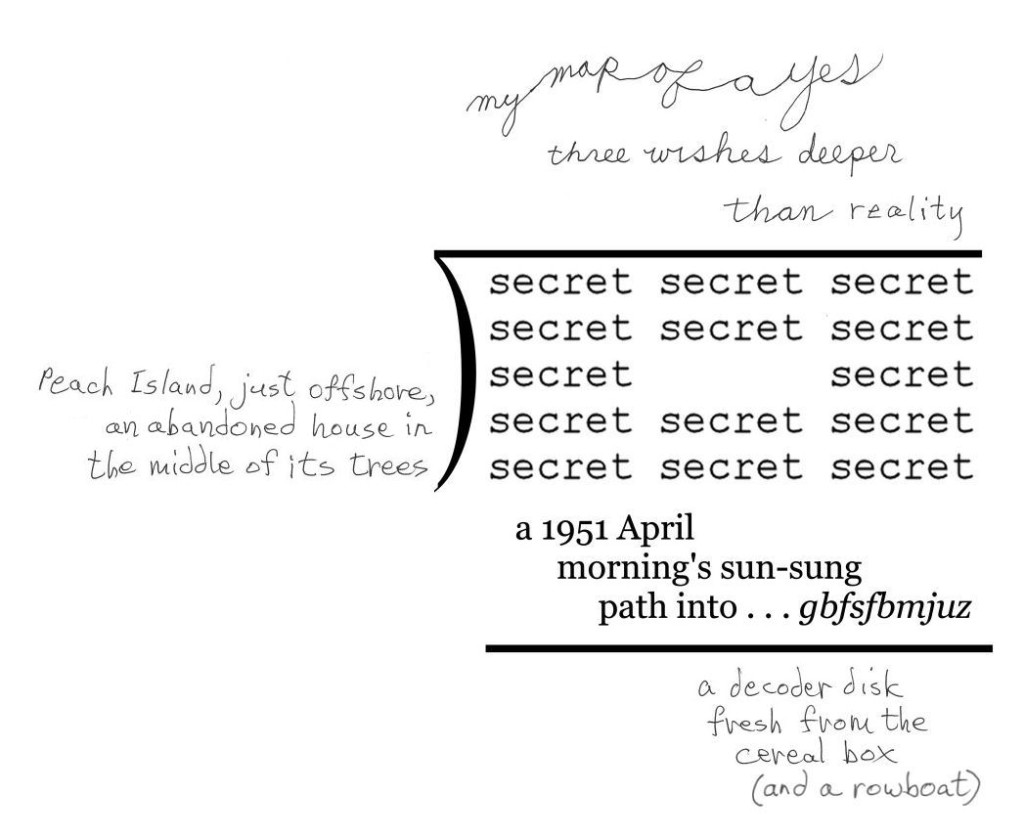




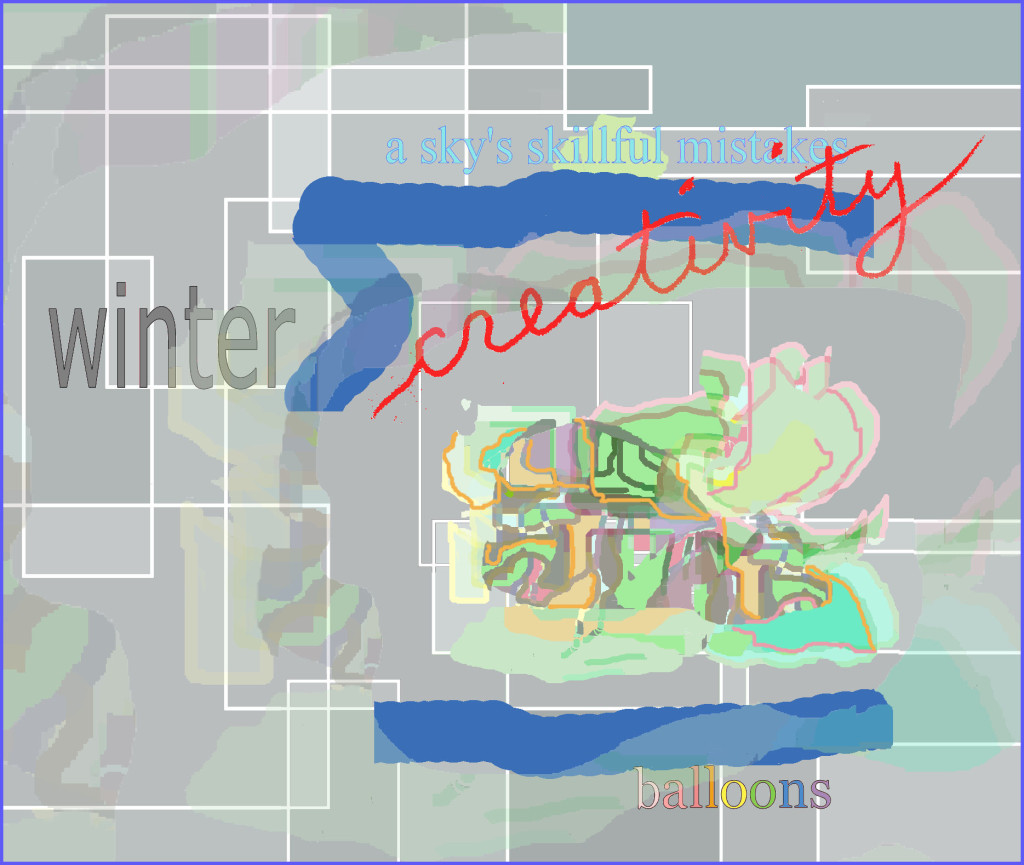
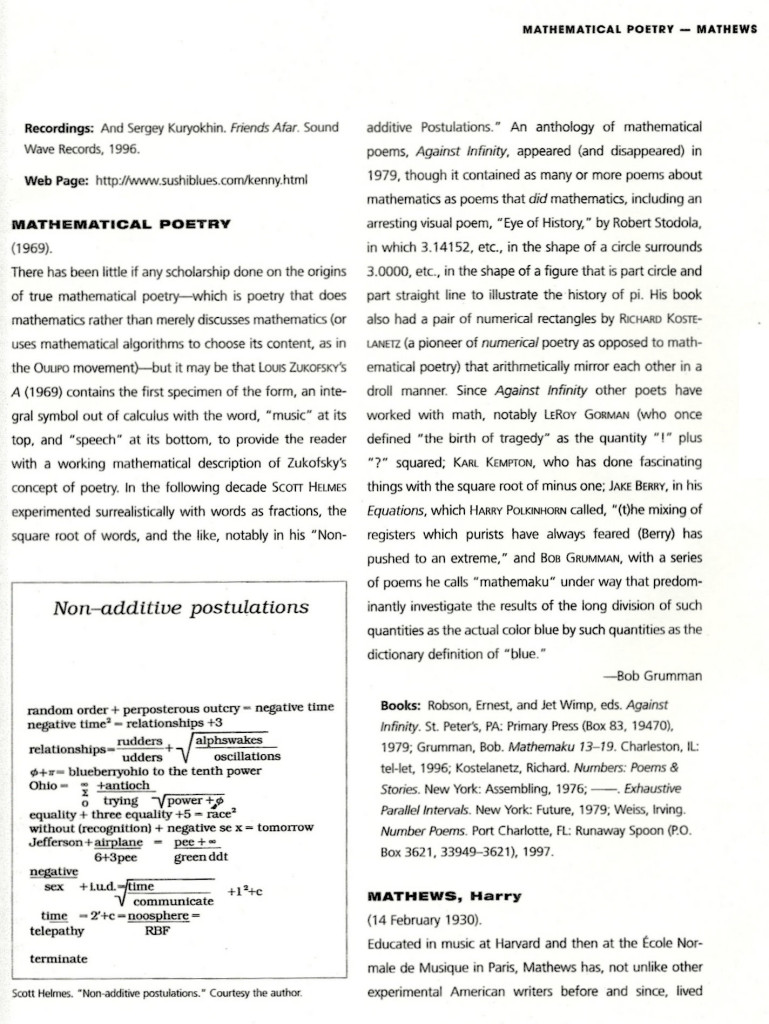
![100_0085[1]](/wp-content/uploads/2013/11/100_00851-1024x681.jpg)
![100_0087[1]](/wp-content/uploads/2013/11/100_00871-1024x681.jpg)
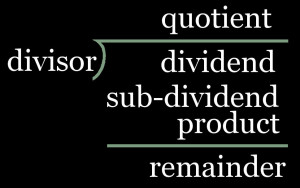

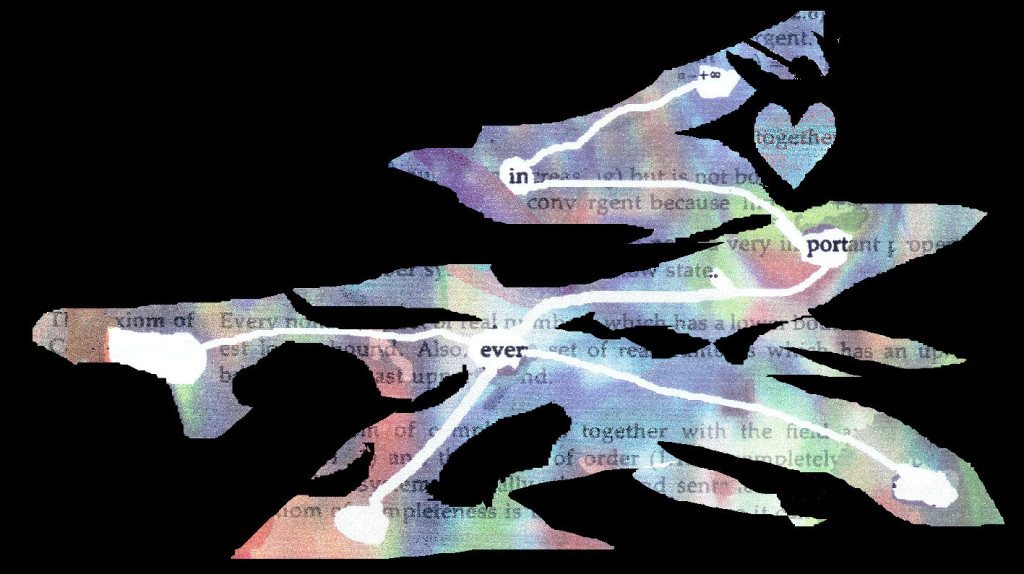
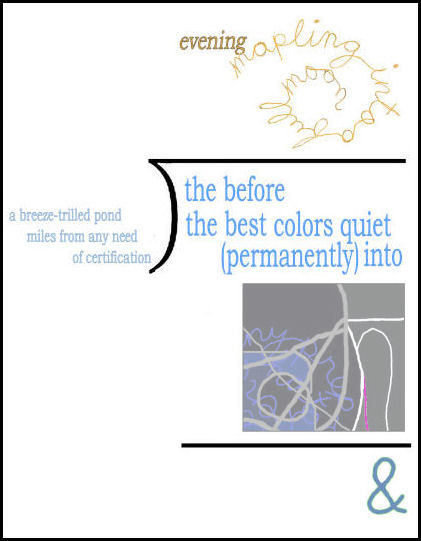
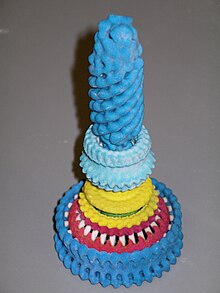
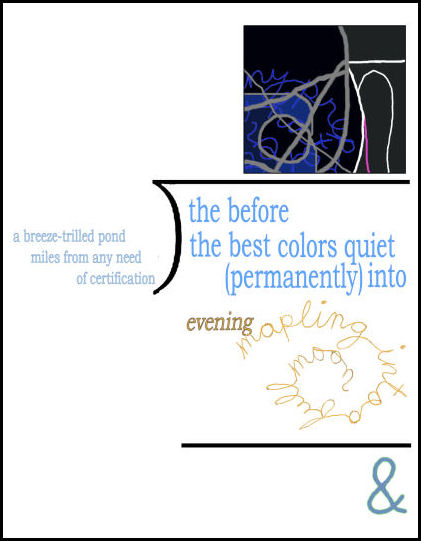
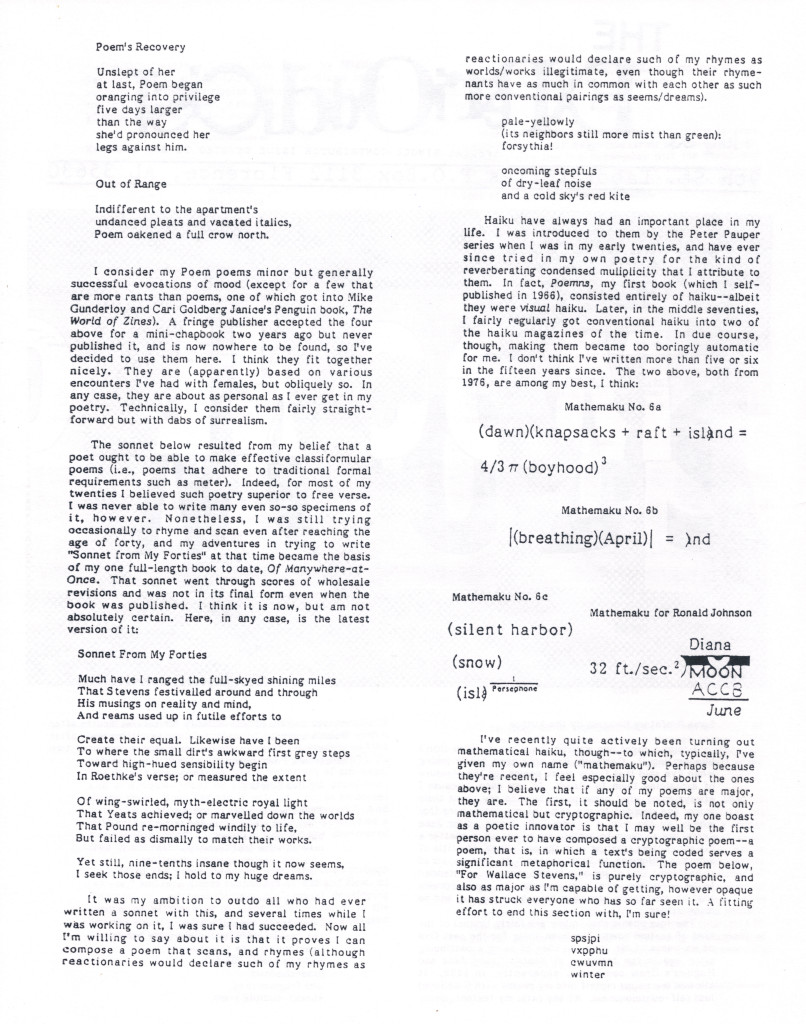
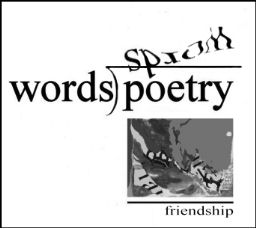
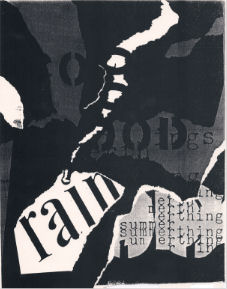
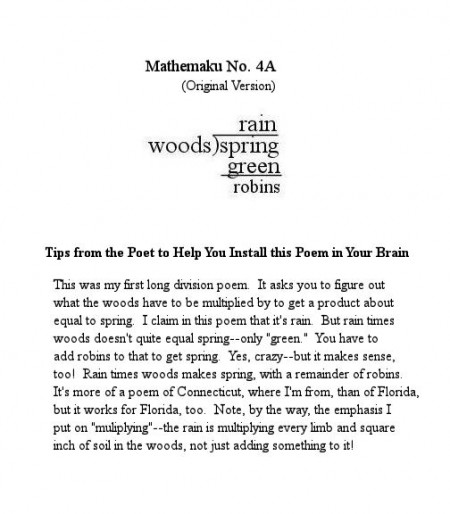


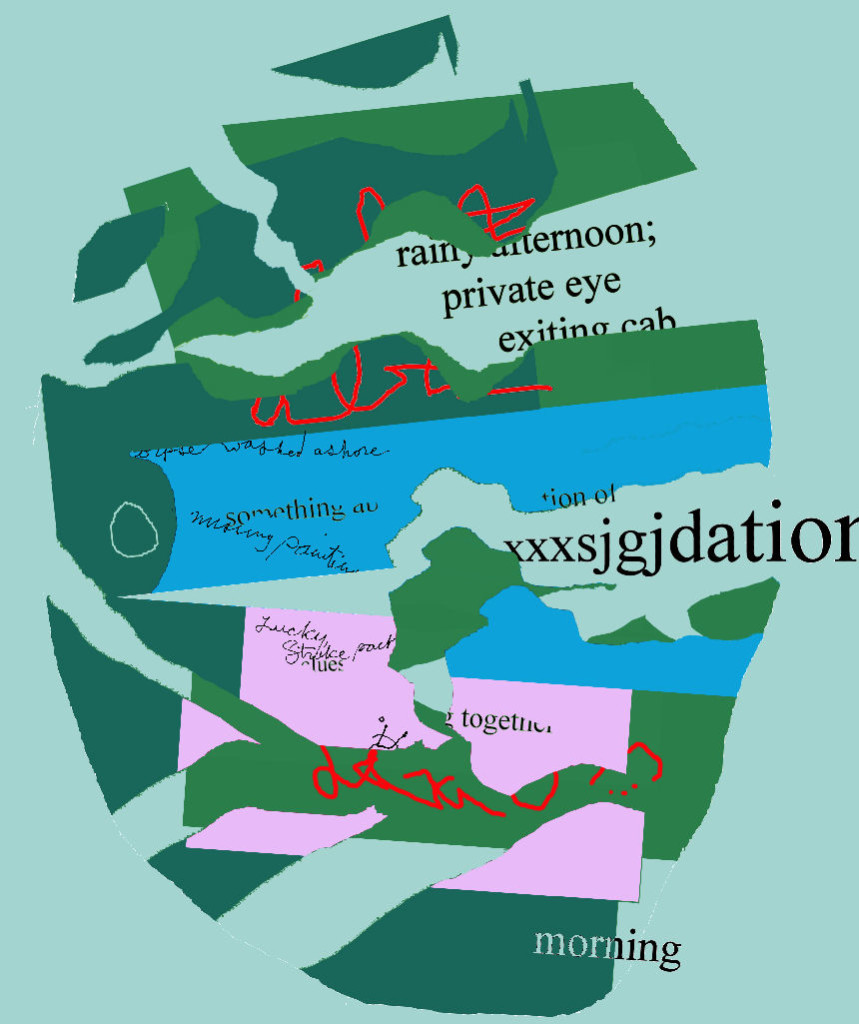
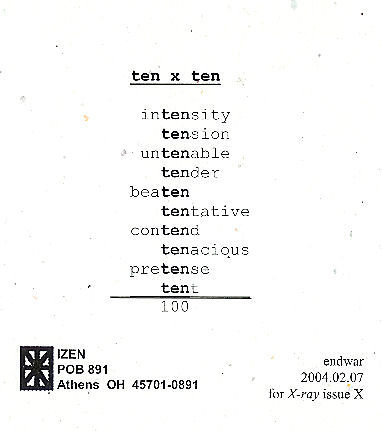 As I announced when I first posted this, I am hoping to publish an anthology of mathematical poems, like this one, so if you have one or know of one, send me a copy of it, or tell me about it.
As I announced when I first posted this, I am hoping to publish an anthology of mathematical poems, like this one, so if you have one or know of one, send me a copy of it, or tell me about it.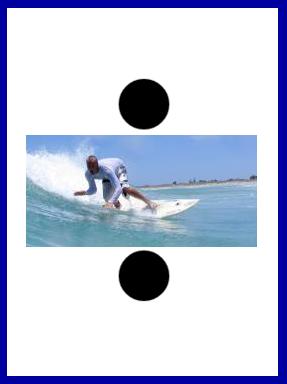


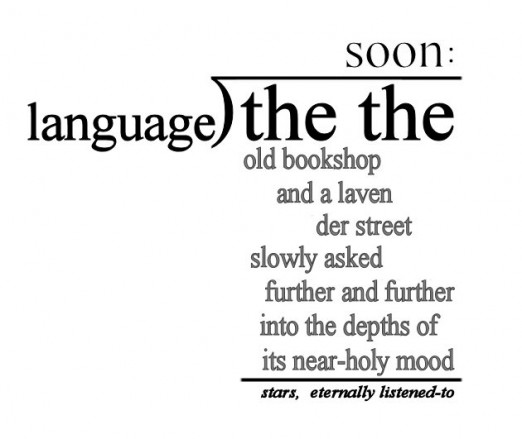
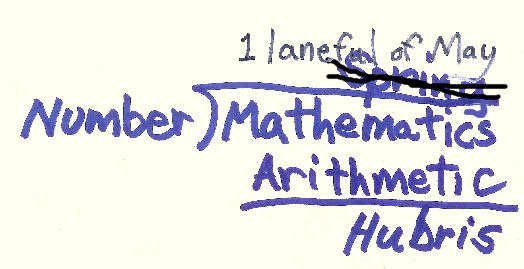
I really like this one; it strikes me as very E.E. Cummings-inspired, and I love that guy. I think the use of gray is a good idea because it gives the “remainder” more punch at the end. I’m a bit confused on reading your description in which you keep talking about Basho’s pond, which I don’t see in evidence here … I’m thinking if I had seen an earlier version of this, or I was better versed in the Grummanverse, I would understand that. And finally, you won’t have to struggle between “the” or “a” bookshop’s mood soon, where there’s just one bookshop left. Just had to end that with a little (sad) humor!
Oh, boy, I get to explain! Nothing I love more. Basho comes in because of his famousest poem, which I’ve made versions of and written about a lot, the one that has the “old pond” a frog splashes into. My poem has an “old bookshop” that has a mood with depths a street enters like (I think) the pond’s water with depths the frog enters. But now that you bring it up, I guess the allusion is pretty hermetic.
Glad you like it. I still do now that I’m looking at it again–although it strikes me as pretty weird.